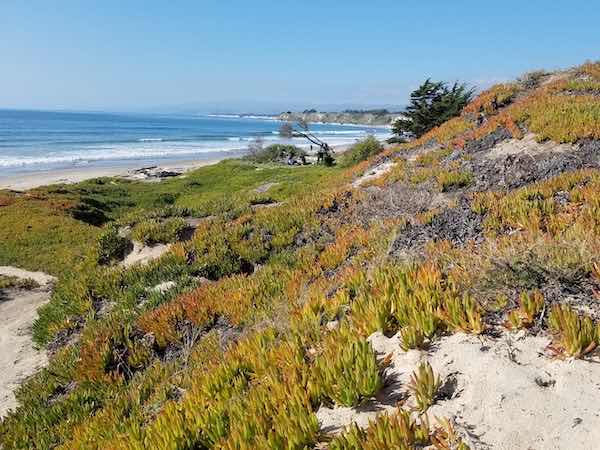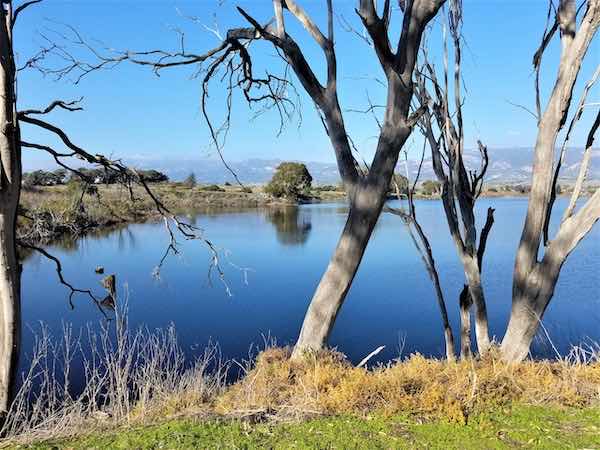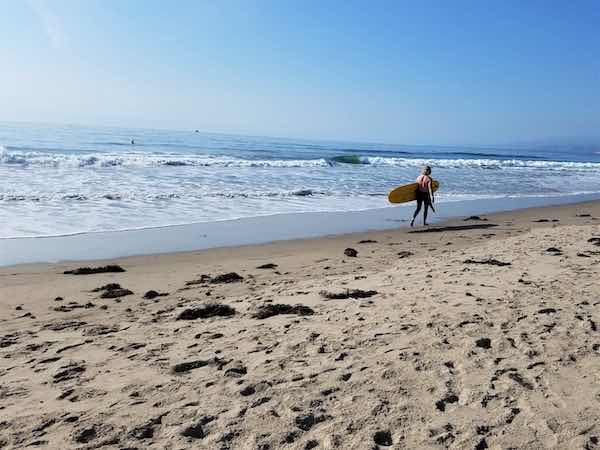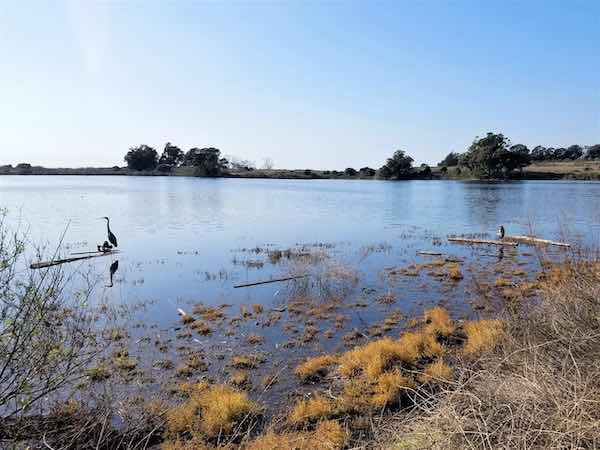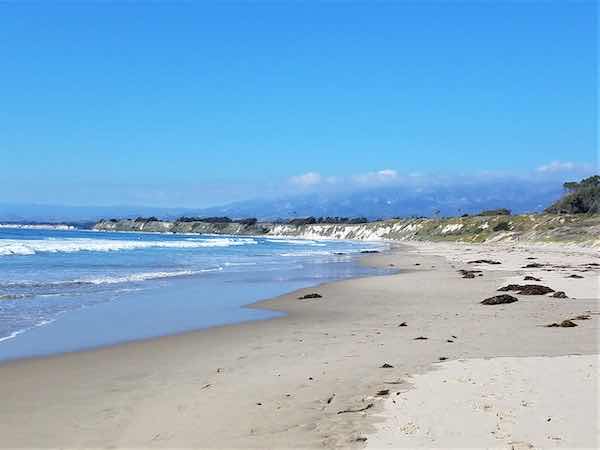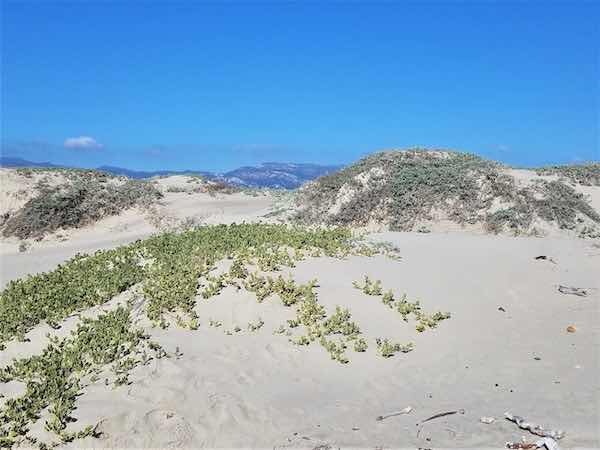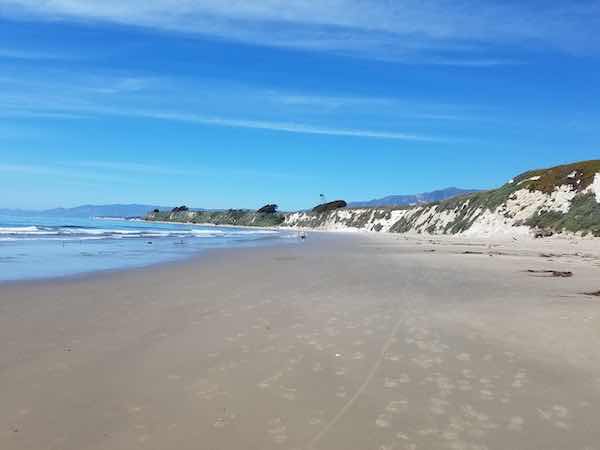
Coal Oil Point Reserve
Part of the University of California Natural Reserve System, Coal Point Reserve is beautiful, ecologically diverse, thriving with wildlife, and close to UCSB. In addition to enjoying the expansive beach for sunbathing, walking and other beach activities, there is so much to observe and explore including the Devereux Slough, intertidal habitats, grasslands, coastal scrub mix, and vernal pools. Overall, the Coal Oil Point Reserve is designed to protect these natural habitats for education, outreach, research and stewardship, while being a wonderful place to experience. There is an especially effective and informative effort to protect the threatened Western Snowy Plovers and their coastal dune habitat.
Details
Location
Slough Rd, Isla Vista (end of the road)
Managed By
University of California
Distance from UCSB
2.3 mi (walking)
How To Get There
Things To Do
Beach Activities, Birdwatching, Hiking, Picnicking, Relaxing, Running, Studying/Reading, Surfing, Swimming, Viewing, Walking, Watchable Wildlife
Fun Facts
Throughout the year, thousands of migratory birds visit Coal Oil Point Reserve. To protect this special area for posterity, UCSB purchased this land from Helena Devereux (of Devereux Schools) in 1967.
Other Information
The Coal Oil Point Nature Center is open in the morning to the public on the first Saturday of each month. There is a great species list (with excellent photos of the species) for Coal Oil Point Reserve.
To learn more about the Snowy Plover Docent Program at Coal Point, click here.
Nearby Public Lands Worth Visiting
North Campus Open Space. To the north of Coal Oil Point Reserve, a comprehensive effort is taking place to restore the upper arms of Devereux Slough to their natural state. In 2017, an extensive coalition of partners started restoring this area, which was formerly a golf course. North Campus Open Space is in the process of supporting important habitat for wildlife and wildlife viewing opportunities.
With over 2.5 miles of trails, it is very interesting to observe the remarkable progress being made as a result of the ongoing restoration processes. Thanks to a tremendous amount of planning, work (including by students), determination and resources, this important recovery effort is worth experiencing and celebrating.
© Great Public Land Destinations. All Rights Reserved.
Terms of Use

